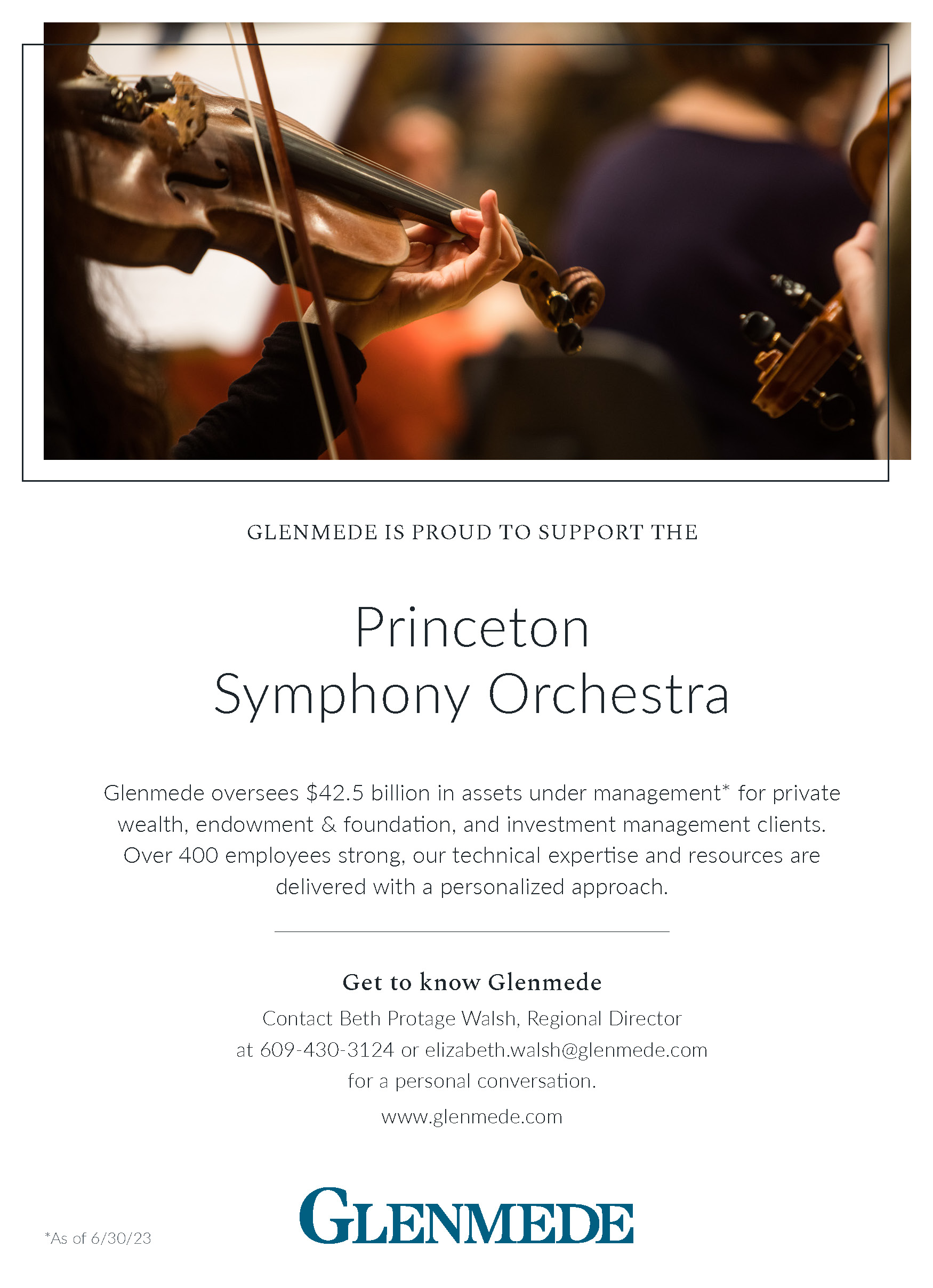Jean Sibelius
(1865-1957)
Symphony No. 2 in D Major, Op. 43
Composed 1901-1902
“It is as if the Almighty had thrown down the pieces of a mosaic for heaven’s floor and asked me to put them together.” – Jean Sibelius
At the dawn of the 20th century, Jean Sibelius unveiled a symphonic masterpiece that dared to challenge conventional musical narratives. His second symphony emerged not just as a bold artistic statement but also as a reflection of the political and cultural milieu of Finland.
Sibelius’s second symphony doesn’t present itself within a neat, traditional symphonic structure. Instead, it creates a compelling whole from fragments, somewhat like a mosaic crafted from scattered pieces. The first movement exemplifies this approach, eschewing clear themes for evolving patterns and motifs. This "mosaic" technique offers a fresh perspective, echoing the composer’s own description of piecing together fragments divinely thrown to him.
While Sibelius objected to any political program behind his music, one cannot deny the symphony’s roots in Finnish nationalism. The period saw Finland awakening to its identity, resisting Russian dominion, and celebrating indigenous culture. Though not all of it was composed in Finland—some took shape during Sibelius’s sojourn to Italy—the symphony encapsulates Finnish spirit, perhaps even the collective ecstasy described by composer Sulho Ranta when he said, “There is something about this music—at least for us—that leads us to ecstasy; almost like a shaman with his magic drum.”
Sibelius's initial sketches did not envision this as a symphony. Early inspirations ranged from the legend of Don Juan to Dante’s Divine Comedy. However, as his music evolved, so did its form. By late 1901, after profound revisions, what emerged was a unified, integrated symphony.
The opening movement introduces Sibelius’s unconventional style, where small motifs bloom into broader themes. The opening strings gently introduce patterns that become integral to the symphony’s structure. A movement of contrasts, the second movement starts with a timpani roll and restless pizzicato strings, out of which a bassoon tune hesitantly emerges. This dichotomy—between tension and lyricism, darkness and light—defines much of the symphony.
The third movement scherzo is a fleeting, expectant journey. It seems driven by an undercurrent of anticipation, setting the stage for the final movement. The fourth movement, Finale, is the culmination of the symphony and is what the previous movements seemed to await. It unfolds with majesty, offering both a vision of grandeur and a sense of closure. The Romantic themes, rooted in the symphony's beginning, ascend to a glorious climax.
Sibelius’s second symphony is not about conforming to conventions. To contemporary listeners, it was akin to experiencing Beethoven or Mahler in their audacious departures from tradition. For Sibelius, however, it wasn't about challenging norms but following an organic, almost spiritual process of creation. Every note, every motif matters, and together they coalesce into a resplendent tapestry. As Stravinsky’s teacher, Rimsky-Korsakov, commented after hearing it, “Well, I suppose that’s possible, too.” Indeed, in the realm of Sibelius’s genius, all possibilities bloom.
As you immerse in the Symphony No. 2, let the motifs, fragments, and melodies transport you to the Finnish landscapes, echoing both its history and its aspirations. It's an exploration of both the human spirit and the nation’s heart—unyielding, hopeful, and ever-evolving.
Instrumentation – two flutes, two oboes, two clarinets, two bassoons, four horns, three trumpets, three trombones, tuba,
Duration – 43 minutes
~ Kenneth Bean
Georg and Joyce Albers-Schonberg Assistant Conductor
Princeton Symphony Orchestra
